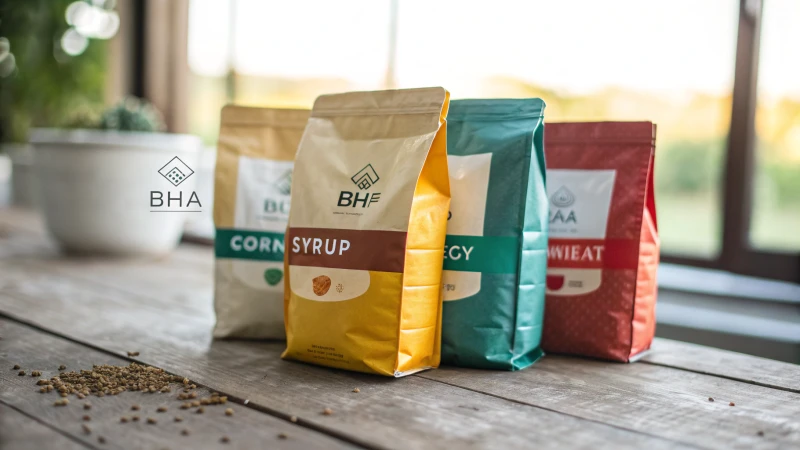
The pet food industry is a highly regulated sector, with stringent compliance requirements designed to ensure food safety, quality, and nutritional adequacy. While these regulations protect consumers and their pets, they also present significant financial challenges to manufacturers. Non-compliance can lead to hefty fines, recalls, and reputational damage, while adhering to evolving regulatory standards increases production costs. Understanding the impact of these regulations on profit margins is crucial for pet food companies looking to remain competitive while maintaining compliance.
Regulations and compliance significantly impact pet food profit margins by increasing production costs, requiring expensive quality control measures, and limiting ingredient flexibility. Companies must invest in testing, certifications, and regulatory approvals, which can reduce overall profitability. However, compliance can also create a competitive advantage by improving brand trust, reducing recall risks, and ensuring long-term market access.
To navigate these challenges effectively, pet food manufacturers need to develop cost-efficient compliance strategies, invest in automation and quality assurance technologies, and stay ahead of regulatory changes. Let’s explore how different regulations influence costs and what strategies companies can implement to maintain profitability.
Understanding Pet Food Regulations
Key Regulatory Bodies Governing Pet Food
Several agencies regulate pet food production and distribution, ensuring that products are safe for consumption. The main regulatory bodies include:
- Food and Drug Administration (FDA) – USA: Oversees the safety and labeling of pet food under the Food, Drug, and Cosmetic Act (FDCA).
- Association of American Feed Control Officials (AAFCO): Establishes nutritional guidelines and ingredient definitions.
- European Food Safety Authority (EFSA): Regulates pet food safety in the European Union.
- U.S. Department of Agriculture (USDA): Regulates meat-based ingredients in pet food.
- China’s Ministry of Agriculture and Rural Affairs (MARA): Oversees pet food safety in China.
- State and local authorities: Implement additional regulatory requirements.
Compliance Requirements That Affect Profit Margins
Regulatory compliance in pet food manufacturing involves several critical aspects:
- Ingredient Sourcing Restrictions: Regulations limit the types of ingredients that can be used, making sourcing more expensive.
- Testing and Quality Control: Companies must conduct frequent testing for contaminants, nutritional consistency, and pathogen control.
- Labeling and Packaging Requirements: Compliance with accurate labeling standards adds costs in design, printing, and legal reviews.
- Facility Inspections and Certifications: Plants must meet hygiene and operational standards, which require capital investment.
- Import and Export Regulations: International compliance can add tariffs, documentation fees, and customs inspections.
How Regulations Affect Costs and Profitability
Below is a cost breakdown of how compliance impacts pet food manufacturing:
| Compliance Requirement | Impact sur les coûts |
|---|---|
| Ingredient sourcing (organic, non-GMO, certified meats) | Haut |
| Lab testing for contaminants and pathogens | Moyen à élevé |
| Quality assurance personnel and training | Moyen |
| Facility upgrades for hygiene compliance | Haut |
| Product recalls (in case of non-compliance) | Très élevé |
| Labeling revisions and approvals | Moyen |
| Import/export documentation and tariffs | Moyen à élevé |
The costs associated with regulatory compliance can reduce profit margins, especially for small and mid-sized pet food companies that lack economies of scale.
Strategies to Manage Compliance Costs and Protect Margins
1. Automatisation et intégration technologique
Investing in automated quality control and food safety technologies can reduce human error and increase efficiency. AI-driven quality control systems and blockchain-based traceability solutions are becoming essential for reducing compliance costs.
2. Efficient Ingredient Sourcing
Pet food manufacturers can maintain compliance while controlling costs by:
- Partnering with certified bulk ingredient suppliers
- Using alternative protein sources that meet regulatory standards but are more cost-effective
- Establishing long-term contracts with suppliers to lock in pricing
3. Proactive Regulatory Monitoring
Staying ahead of changing regulations helps companies avoid last-minute compliance costs. Implementing an in-house compliance team or subscribing to regulatory advisory services can prevent unexpected disruptions.
4. Outsourcing Compliance and Testing
Third-party testing laboratories and compliance consulting firms can offer cost-effective solutions compared to maintaining in-house compliance departments.
5. Branding and Marketing Compliance as a Value Proposition
Turning compliance into a competitive advantage by promoting regulatory adherence as a trust-building factor can help justify premium pricing and increase consumer confidence.
Case Study: The Cost of Non-Compliance
In 2007, a major recall due to contaminated pet food ingredients from China resulted in hundreds of pet deaths and cost manufacturers over $1 billion in settlements and lost revenue. Companies that had stringent compliance measures in place were able to avoid costly recalls and maintain customer trust.
Recalls and Their Financial Impact:
| Année | Entreprise | Recall Cost |
|---|---|---|
| 2007 | Menu Foods | $60 million+ |
| 2018 | Hill’s Pet Nutrition | $20 million+ |
| 2021 | Midwestern Pet Foods | $30 million+ |
Avoiding compliance failures through proactive regulatory management can protect profit margins in the long run.
Conclusion: Balancing Compliance and Profitability
While regulatory compliance increases costs in pet food manufacturing, it also plays a crucial role in maintaining product quality, consumer trust, and market access. Companies that invest in efficient compliance strategies, automation, and strategic ingredient sourcing can reduce unnecessary costs while ensuring regulatory adherence.
The key to maintaining healthy profit margins lies in integrating compliance into business strategy rather than treating it as an added expense. By doing so, manufacturers can turn regulations into a competitive advantage and strengthen their brand positioning in the growing pet food market.
Contact Us for Expert Regulatory Guidance
Need assistance navigating pet food regulations while maintaining profitability? Our compliance experts can help you develop cost-effective strategies. Contactez-nous dès aujourd'hui pour une consultation !








